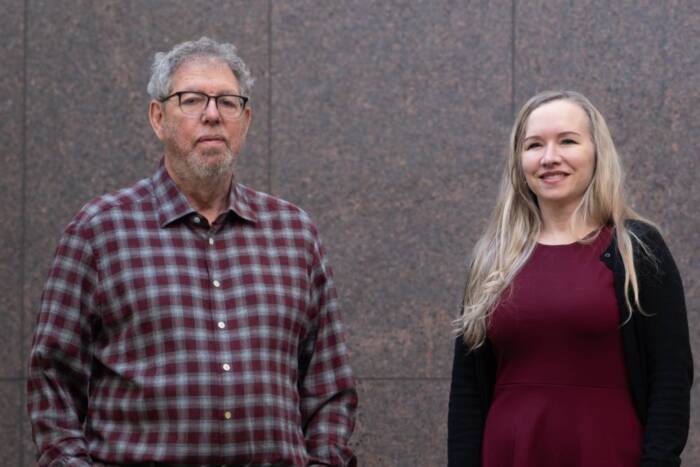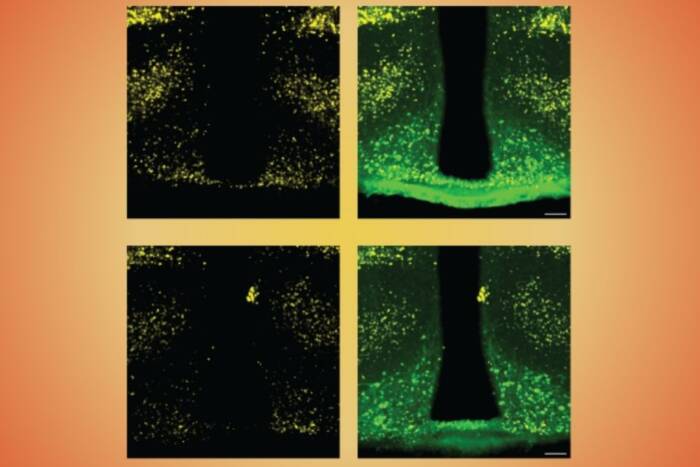In brief: New clues about how cells restart stalled replication
Before a cell divides, it needs to duplicate its genetic material. And like a zipper opening a coat, the molecular machinery that copies the four-letter code of DNA can sometimes get stuck. But the consequences can be much more serious. If the cell can’t get replication moving properly, then dangerous genetic errors, including those that cause cancer, can result.
Scientists in Agata Smogorzewska’s lab at The Rockefeller University have identified a previously unknown mechanism that is necessary for cells to reactivate replication after it gets snagged. In research reported December 28 in Molecular Cell, Molly C. Kottemann, a research associate, and her colleagues focused on two proteins suspected of ferrying other molecules off for destruction. These proteins, they found, appear to remove a third, known as RTF2, from the replication machinery—a removal that is necessary for switching the process back on.
The researchers say this mechanism likely evolved to help cells copy their DNA at particularly difficult spots, such as regions of chromosomes with highly repetitive sequences, where replication is prone to stall.



